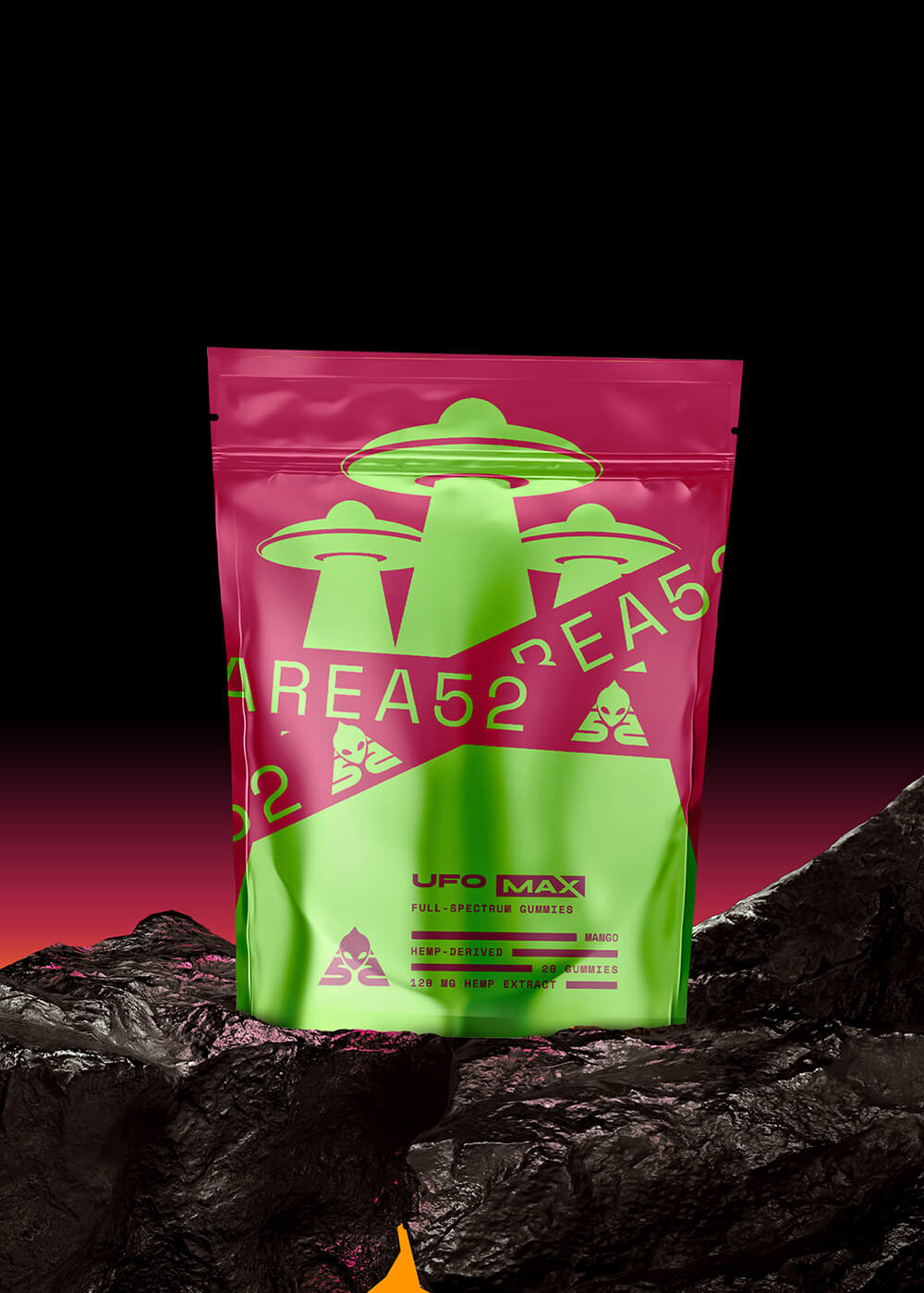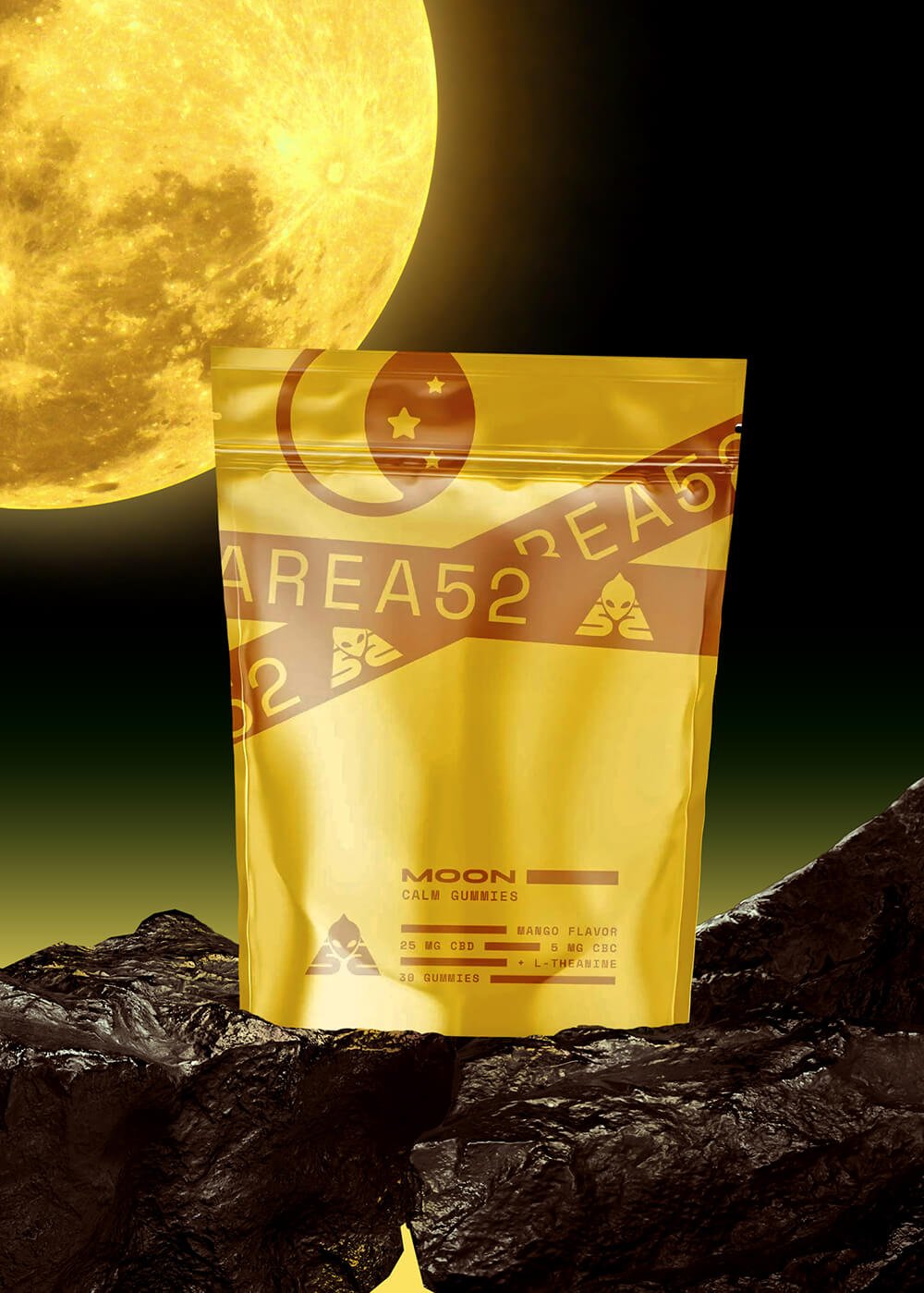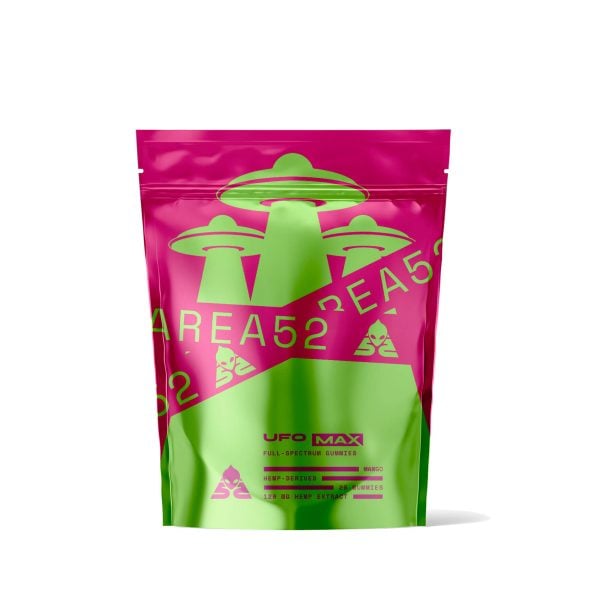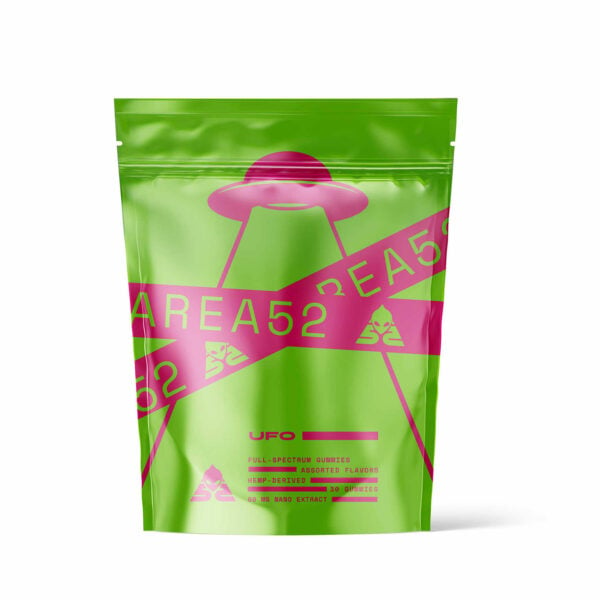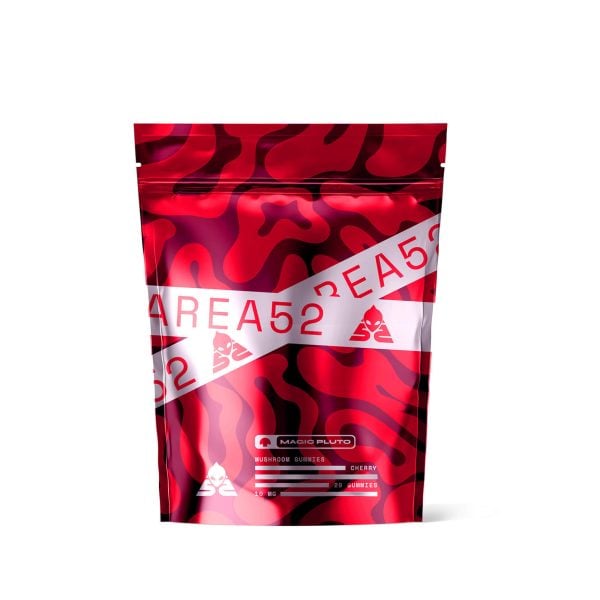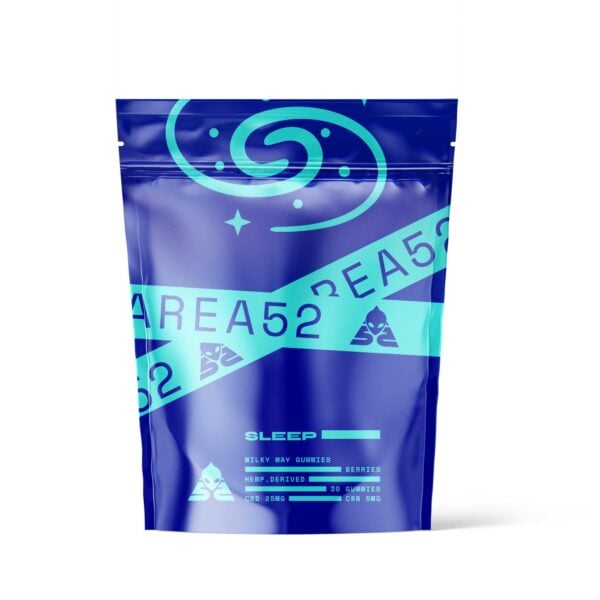What Are the Strongest Cannabinoids?

Most people are familiar with the popular cannabinoids THC (delta 9 THC) and CBD, but there are dozens of other members of this class that deserve some attention as well.
Researchers have identified over 100 naturally-occurring cannabinoids in total, and THC and CBD users often wonder where the others stack up in terms of potency.
This article serves as a guide to cannabinoid potency and will help you find the one that delivers the most intense psychoactive experience.
What Are Cannabinoids?
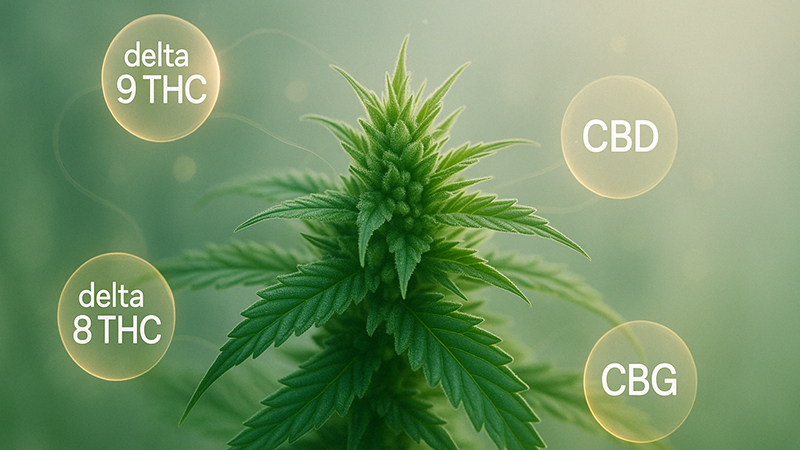
Cannabinoids are compounds that interact with the body’s endocannabinoid system, similar to our endogenous cannabinoids.
The term most often refers to constituents of cannabis plants that take effect on this series of receptors and signalers. Popular cannabinoids include delta 9 THC (often just called “THC”), CBD, delta 8 THC, and CBG.
How Do Cannabinoids Work?
Cannabinoids bind to or block the cannabinoid receptors in our endocannabinoid systems, namely CB1 and CB2 receptors, which are found abundantly in the brain and nervous system.
These receptor sites in our bodies are closely linked to most bodily systems and help maintain balance, even our thought processes, mood, attitude, outlook on life, sensory perception, pleasure, and other cognitive functions.
Which Cannabinoid Is the Most Potent?
Of the chemical compounds found in the cannabis plant, the most potent cannabinoid is tetrahydrocannabiphorol, more commonly referred to as THCP.
THCP has seven carbon atoms in its alkyl side chain, making it the most potent cannabinoid that currently exists. For comparison, delta 9 THC has only five carbon atoms. THCP is believed to be up to 33 times more powerful than THC.
List of The Strongest Cannabinoids According To Potency
Not all cannabinoids are created equal — some are much, much stronger than others. We have created a list of the major cannabinoids found in cannabis plants to understand better their effects.
We’re basing this ranking on a combination of personal testing and scientific research exploring the binding capacity of each cannabinoid.
1. THCP (Strongest Natural Cannabinoid)

THCP is at the top of the spectrum of cannabinoid potency by a long shot. Early research suggests it’s up to 33 times more potent than delta 9 THC, but after testing it ourselves, we’d place it somewhere in the 10X range.
There are other cannabinoids that are stronger, but they don’t occur in nature and tend to come with a lot of risks. THCP is found naturally in both hemp and marijuana in small concentrations.
2. THC-O
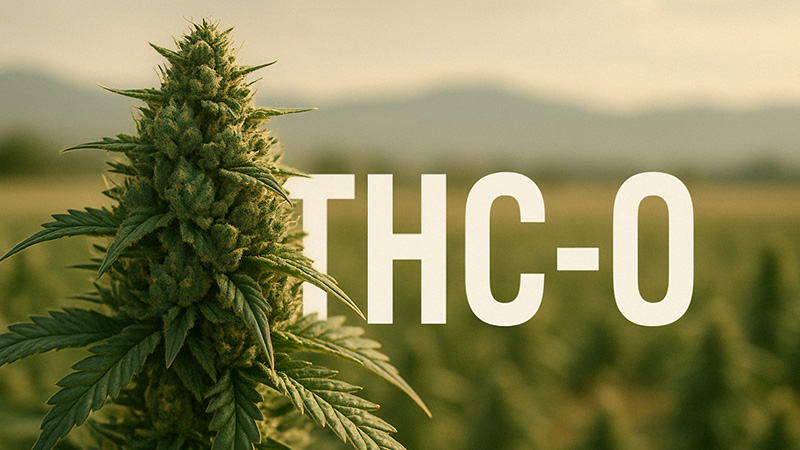
THC-O is a THC analog that has the same number of carbon atoms in its alkyl side chain. The key difference with this cannabinoid is the acetate group that replaces the hydroxy group found in delta 9 THC with an acetate group.
This small change makes THC-O significantly more bioavailable than any other form of THC. Its increased potency comes from a higher uptake of the molecule into the bloodstream and brain.
This cannabinoid is later metabolized into delta 9 THC, which then exerts the psychoactive effects.
THC-O is considered around 3 times as potent as delta 9 THC.
3. Delta 9 THC

Delta 9 THC is the most popular and well-known cannabinoid.
It’s also the most prevalent psychoactive cannabinoid in marijuana plants, so other cannabinoids’ are compared to it. This is our baseline for assessing the relative potency of all other cannabinoids on this list.
Delta 9 THC has five carbon atoms in its alkyl side chain and a hydroxy group that allows the strong binding capability to CB1 receptors.
4. HHC

Hexahydrocannabinol (HHC) is a more stable form of THC. It’s very similar in chemical structure to THC but is referred to as “hydrogenated” because it contains additional hydrogen atoms that break the double bond (delta) found on other types of THC molecules.
The added hydrogen atoms produce a less snug fit into CB1 receptors, so HHC is about 80% as potent as delta 9 THC.
5. Delta 8 THC

A THC isomer, delta 8 THC is nearly identical to delta 9 THC in molecular structure. However, the difference between delta 8 and delta 9 is that the double bond of the carbon chain in THC is in the eighth position.
Our Delta 8 THC is around 50-65% as potent as delta 9 THC. Most users report a clear-headed psychoactive experience and relaxation with a lower risk of unwanted side effects.
6. Delta 10 THC

As the name suggests, delta 10 THC is also almost identical in structure to delta 9 THC. This cannabinoid has the double bond in the carbon chain shifted to the tenth position, the main difference of delta 10 and delta 9 THC.
Delta 10 THC is around 50% as potent as delta 9 THC. Most users report improved focus and attention, as well as a boost to energy and mood.
7. THCV
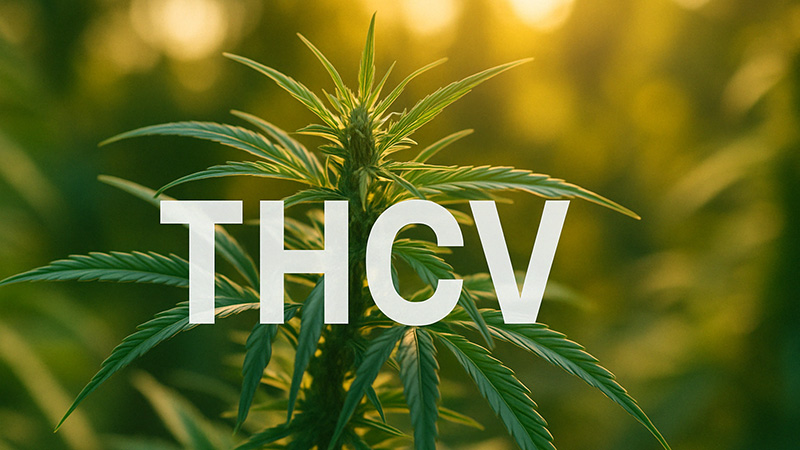
Tetrahydrocannabivarin (THCV) has just three carbon atoms in the alkyl side chain, but it’s otherwise identical to delta 9 THC. With the minimum number of carbon atoms in the side chain to still produce a psychoactive effect, THCV is approximately 25% as potent as delta 9 THC.
8. CBN

Cannabinol (CBN) has five carbon atoms in the alkyl side chain, just like delta 9 THC. However, it has two additional double bonds in the carbon ring and two fewer hydrogen atoms.
CBN is formed as THC breaks down and thus maintains some of its psychoactive properties.
The differences in CBN’s molecular structure might be minor, but they make it far less likely to bind to CB1 receptors. CBN is approximately 10% as potent as delta 9 THC.
9. CBD & Others (Non-Psychoactive)

The rest of the cannabinoids can all be listed in the same category as they are entirely non-psychoactive. Cannabinoids such as CBD, CBC, CBDV, CBCV, and THCC don’t directly activate the CB1 receptors and therefore won’t make users feel high. Even very large doses of these cannabinoids won’t cause psychoactive properties. You can also check our recent article about CBD and its difference from delta 8.
However, many of them will cause some form of body sensation. Users report the effects as being either “heavier” or “lighter” and more relaxed overall.
10. CBG (Anti-Psychoactive)
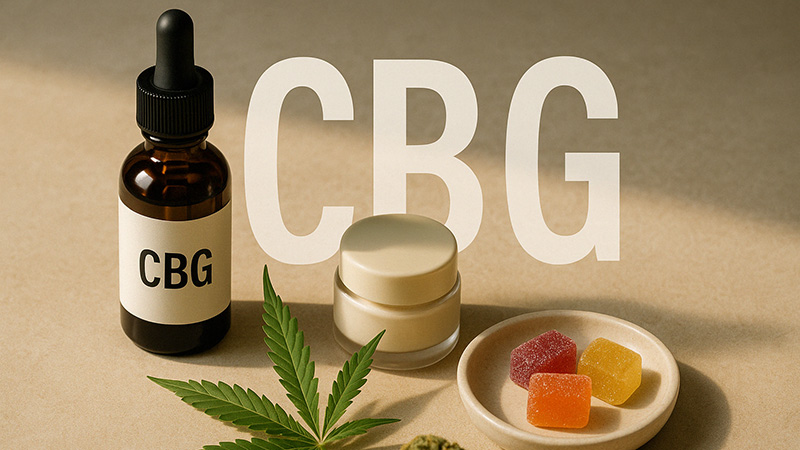
If you compare CBN to CBG, the latter is in a class of its own because not only is it non-psychoactive — studies have found it actually negates some of the psychoactive properties of other cannabinoids, like THC.
As such, this cannabinoid is sometimes used in combination with THC to reduce the psychoactive “load” of these products. This is good for people who want to experience the health benefits of THC but don’t necessarily want to feel super stoned in the process.
What Makes a Cannabinoid Potent?
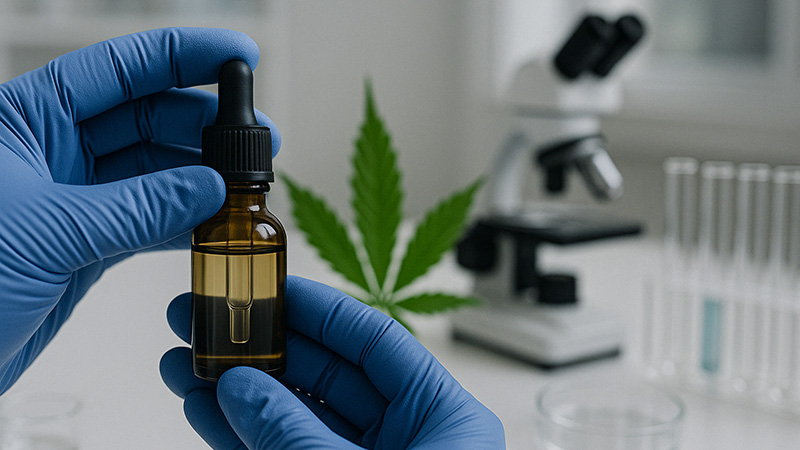
“Potency” is the measure of a cannabinoid’s ability to cause a psychoactive experience. Basically, the more potent the cannabinoid, the more intense your psychoactive experience will be.
On a more scientific level, the potency of a cannabinoid is really a measure of how well it binds to or blocks endocannabinoid receptors.
For THC and its psychoactive analogs, potency depends on the number of carbon atoms in the alkyl side chain of the molecule. A molecule with eight carbon atoms would fit perfectly in our CB1 and CB2 receptors, making it the most potent a cannabinoid could possibly be. However, no natural cannabinoid has this many carbon atoms in the alkyl side chain.
Molecules with fewer than three carbon atoms will not bind with endocannabinoid receptors at all, so they won’t provide a psychoactive experience. Those with three offer a mild high, and each additional carbon atom increases the potency.
Other changes to a cannabinoid’s structure can affect how well it binds to endocannabinoid receptors and, as a result, its potency.
Are Cannabinoids Legal?
It depends on the source. If they’re hemp derived cannabinoids, then they’re legal under federal law. The 2018 Farm Bill legalized industrial hemp, making it legal to use all parts of the plant, including its cannabinoids, isomers, and derivatives, among others, as long as it contains no more than 0.3% THC on a dry weight basis.
Any hemp plant with more than 0.3% THC is considered marijuana, which remains federally illegal, and cannabinoids extracted from marijuana remain illegal as well.
The 2018 Farm Bill created a loophole though. It allowed manufacturers to legally sell psychoactive cannabinoids, such as delta 8 and delta 10, synthesized from hemp-derived CBD, as long as the THC content remained within the legal limits.
Are Hemp Cannabinoids Synthetic?
Just because delta 8 or delta 10 are synthesized from CBD doesn’t make them synthetic cannabinoids. Delta 8 and delta 10 are naturally occurring cannabinoids produced by the plant but are found in only trace amounts.
On the other hand, synthetic cannabinoids are man-made and not found in nature.
Key Takeaways: What’s the Most Potent Cannabinoid?
When it comes to cannabinoids, potency refers to the molecule’s ability to bind to our endocannabinoid receptors. Higher potency means a more intense psychoactive effect or high.
THCP is the most potent cannabinoid currently known, about 30x that of delta 9 THC. It has more carbon atoms in its alkyl side chain, meaning it binds more readily and more tightly to receptors in our endocannabinoid system.
There are many other psychoactive cannabinoids with varying potencies, including THC-O, HHC, delta 8 THC, delta 10 THC, THCV, and CBN. They might be less potent, but they’re still powerful.
FAQs on Cannabinoids
Want to know more about cannabinoids? Then check out this short list of FAQs below.
1. What are the Top 5 Cannabinoids?
The five important and most popular cannabinoids are THC, CBD, and CBC which are the most abundant cannabinoids in the plant; CBG, called the mother of all cannabinoids, from which most major and minor cannabinoids come from; and CBN, oftentimes called the sleepy cannabinoid.
2. What Cannabinoid is Most Potent?
The most potent cannabinoid is THCP, a newly discovered cannabinoid in 2019. Researchers believe it’s 33x times more intense or potent than THC.
3. Does THCA Get You High?
Consuming raw THCA won’t get you high, but if you heat it up, then THCA converts to psychoactive THC.
4. What is the Rarest Cannabinoid?
The rarest cannabinoids are those found in trace quantities. These include but are not limited to cannabicitran (CBTC), cannabicyclol (CBL), and delta 10 THC.
5. How Addictive are Cannabinoids?
Not all cannabinoids are addictive, like non-psychoactive CBD and CBG. The cannabinoids that increase dependence and addiction risks are the psychoactive ones like THC, delta 8, delta 10, and THCP. However, you can build tolerance to even the non-psychoactive ones, and you’d need higher doses to achieve the same effects.
References Used
- Zou, S., & Kumar, U. (2018). Cannabinoid receptors and the endocannabinoid system: signaling and function in the central nervous system. International journal of molecular sciences, 19(3), 833.
- Lucatch, A. M., Coles, A. S., Hill, K. P., & George, T. P. (2018). Cannabis and mood disorders. Current addiction reports, 5(3), 336-345.
- Bow, E. W., & Rimoldi, J. M. (2016). The structure–function relationships of classical cannabinoids: CB1/CB2 modulation. Perspectives in medicinal chemistry, 8, PMC-S32171
